Many Ukrainian officers say the tactics developed by NATO are not suitable for reality and could even cause soldiers to lose their lives in a counterattack.
Chairman of the US Joint Chiefs of Staff Mark Milley said on September 17 that Ukraine's large-scale counteroffensive campaign is progressing much slower than expected, admitting that the operation is focusing on limited tactical and operational goals, making it difficult to make a major change to the situation of the war.
Some US officials have also criticized the Ukrainian army for not mastering modern combat methods, which emphasize the ability to coordinate between mechanized infantry, artillery and air defense, and assessed Kiev's current tactics as too cautious and "risk-averse".
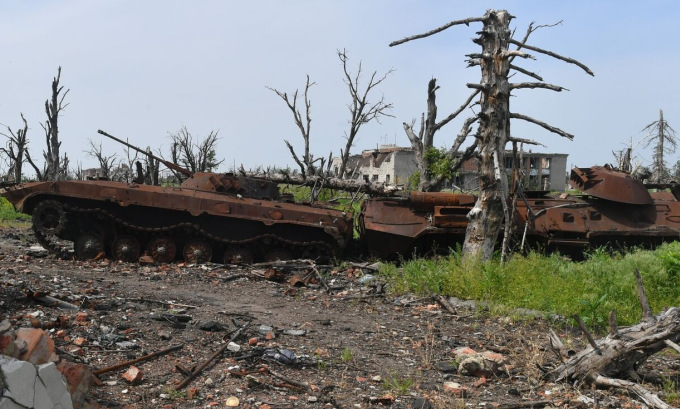
Destroyed Ukrainian armored vehicles in the Bakhmut direction in May. Photo: RIA Novosti
Meanwhile, Ukrainian field officers and commanders say the US military has never experienced operations under conditions like they are now, facing an enemy with overwhelming weapons and technology without gaining air superiority.
"Show at least one US Army officer or non-commissioned officer who has fired at least 5,000-7,000 rounds of M777 artillery shells," said Viktor, commander of a Ukrainian artillery battery on the eastern front.
However, many Ukrainian officials also admit that the counteroffensive will be slow, making it difficult to regain large amounts of territory in a short time like the battles in Kharkov and Kherson provinces late last year.
Ukraine launched a large-scale counter-offensive in early June following NATO's shock tactics, with the main attack launched from the city of Orikhiv in Zaporizhzhia province. However, Kiev suffered heavy losses in the first week, losing nearly 20% of its Western-supplied armored vehicles, prompting them to switch to traditional tactics, organizing small, "slow but steady" battles to limit casualties.
The main force of the Ukrainian counteroffensive today is the 8-10 man assault group, assigned to capture individual trenches, patches of forest and houses. This option limits damage from minefields and enemy air power, but makes the advance very slow. In 11 weeks of fierce fighting, Ukrainian units have advanced less than 15 km on the three most successful combat axes.
"Such attrition tactics do not generate sensational media headlines, but are consistent with Ukraine's current capabilities," military analysts Machael Kofman and Rob Lee said.
Difficult battlefield conditions prevented Ukrainian soldiers from applying NATO's combined arms warfare doctrine.
"We would have died if we had followed what we had learned in the West. I trained with American, British and Polish soldiers. They gave us good advice, but they also gave us bad instructions, including how to sweep trenches. I said, 'This will kill us all,'" said Suleman, commander of a special forces unit in Ukraine's 78th Air Assault Regiment.
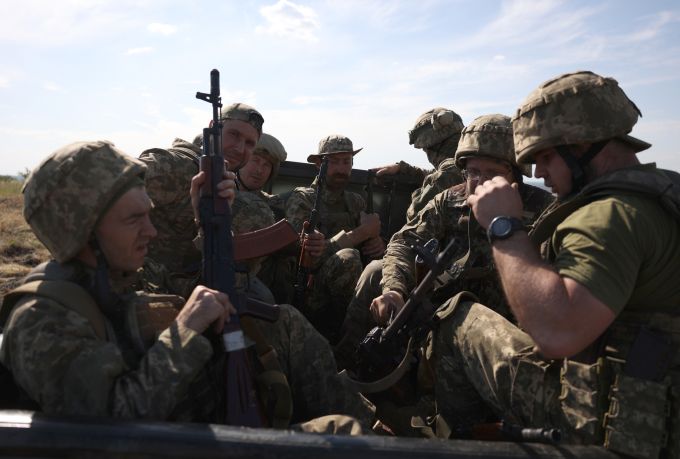
Ukrainian soldiers train near the front line in Donetsk on June 8. Photo: AFP
Kofman and Lee point out that the Ukrainian army often struggles with fighting at the platoon level and above, despite this being one of the conditions for exploiting gaps in the Russian defenses.
Analysts say the lesson of the counteroffensive is that the training courses for Ukrainian soldiers in the West, which typically last about five weeks, are too short. The training is not tailored to the capabilities of the Ukrainian army, and does not take into account the dense network of fortifications and minefields, as well as the constant presence of enemy unmanned aerial vehicles (UAVs) on the front lines.
Jack Watling and Nick Reynolds, analysts at the Royal United Services Institute (RUSI), said the Ukrainian military needs more specialized training to ensure the ability to develop operational plans from platoon to brigade level.
Some Western experts have also questioned Ukraine’s deployment of its combat-hardened forces. Several US officials have criticized Kiev for mobilizing so many elite units in its defense of the city of Bakhmut, only to have them withdraw from the area.
Poland-based consulting firm Rochan Consulting said Ukraine's counteroffensive could have achieved greater objectives if it had used combat-ready units equipped with NATO weapons, instead of deploying newly formed brigades, which are mainly made up of recruits who have spent a few weeks training abroad.
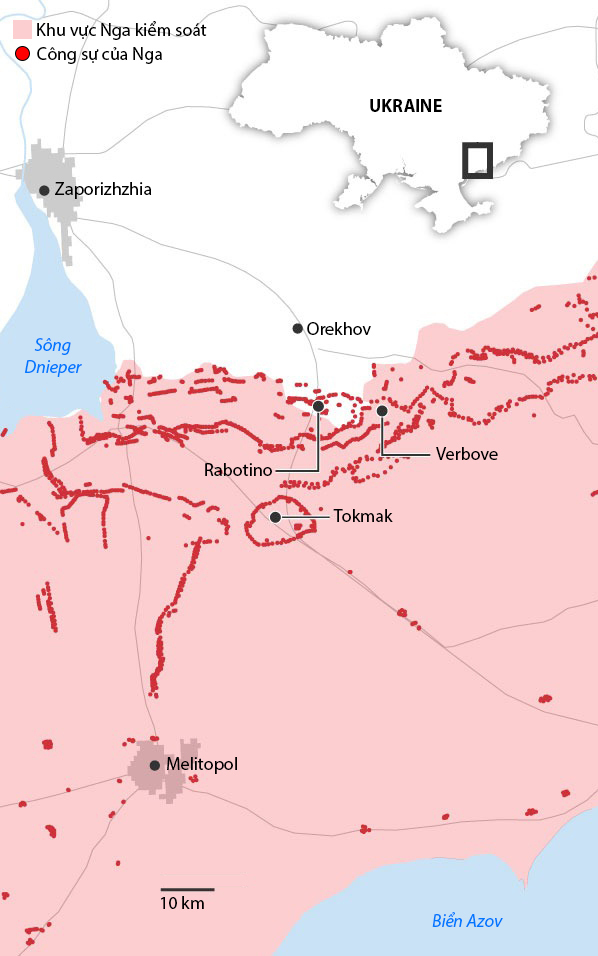
Russian defense network in Zaporizhzhia province. Graphic: WSJ
Analysts also stressed that the Russian military continues to adapt to the battlefield situation and constantly adjusts tactics, including dispersing logistics networks, making the most of UAV forces, and using various measures to repel enemy attacks.
Ukraine’s current strategy will see its counteroffensive efforts continue to languish, barring a sudden collapse of the Russian defenses. Its success also depends on the West’s ability to produce and supply ammunition and equipment to sustain the current attrition.
“A lack of understanding of how the Ukrainian military fights and the actual operational environment could lead Western officials to exaggerated expectations, misguided advice, and inappropriate criticism,” Kofman and Lee warned.
Vu Anh (According to Financial Times )
Source link


![[Photo] A delegation of 100 journalists from the Vietnam Journalists Association visits the soldiers and people of Truong Sa island district.](https://vphoto.vietnam.vn/thumb/1200x675/vietnam/resource/IMAGE/2025/5/30/0984a986227d4e988177f560d2e1563e)

![[Photo] Journalists moved to tears at the Memorial Service for the soldiers who died in Gac Ma](https://vphoto.vietnam.vn/thumb/1200x675/vietnam/resource/IMAGE/2025/5/30/9454613a55c54c16bf8c0efa51883456)
![[Photo] General Secretary To Lam receives Chief of the Central Office of the Lao People's Revolutionary Party](https://vphoto.vietnam.vn/thumb/1200x675/vietnam/resource/IMAGE/2025/5/30/140435f4b39d4599a3d17975dfb444c5)
![[Photo] National Conference "100 years of Vietnamese Revolutionary Press accompanying the glorious cause of the Party and the nation"](https://vphoto.vietnam.vn/thumb/1200x675/vietnam/resource/IMAGE/2025/5/30/1cf6cd5c8a934ebfa347028dcb08358c)

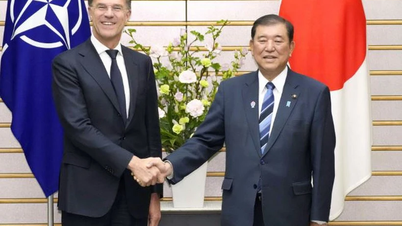

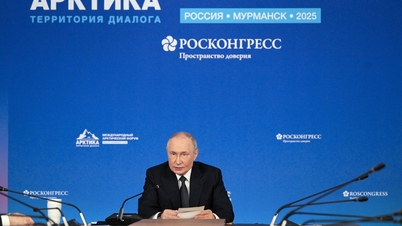

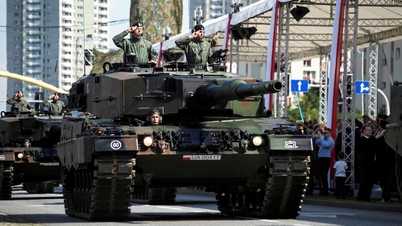
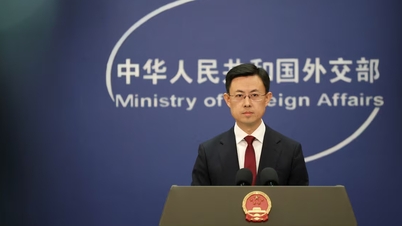

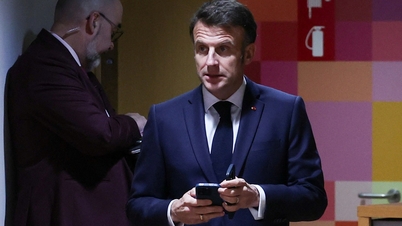


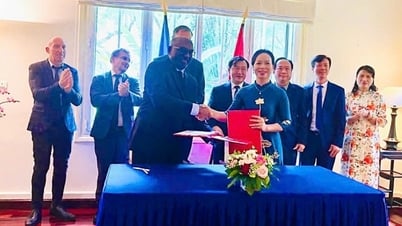
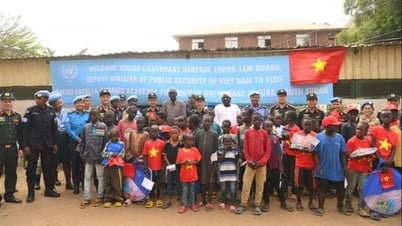












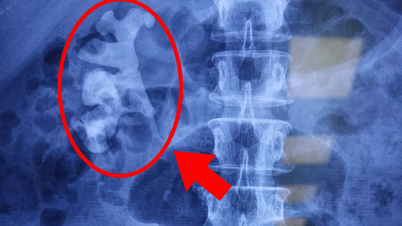













































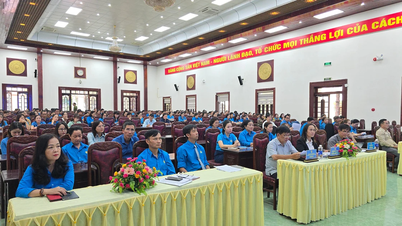














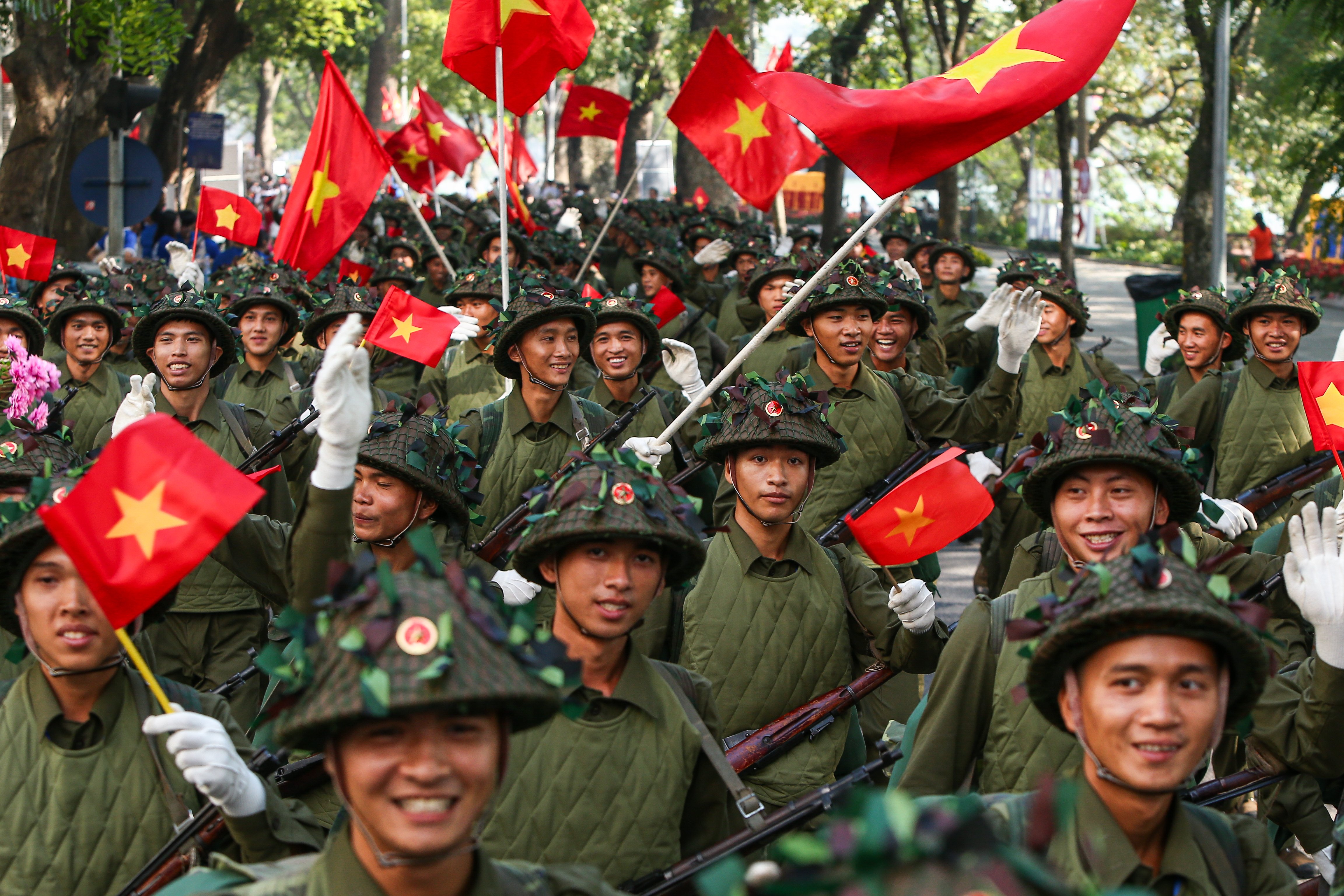



Comment (0)